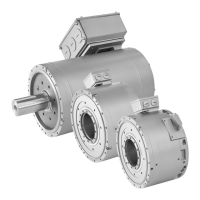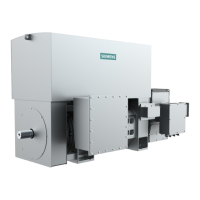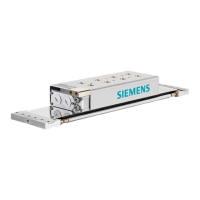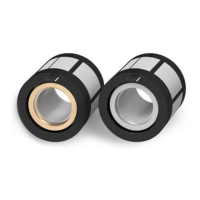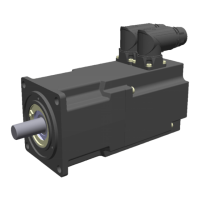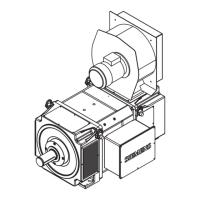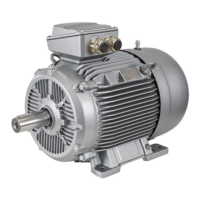WARNING
Risk of rotor permanent magnets causing crushing injuries
The forces of attraction of magnetic rotors act on materials that can be magnetized. The forces
of attraction increase signicantly close to the rotor. The response threshold of 3 mT for risk of
injury through attraction and causing a projectile eect is reached at a distance of 100mm
(Directive 2013/35/EU). Rotors and materials that can be magnetized can suddenly slam
together unintentionally. Two rotors can also unintentionally slam together.
There is a signicant risk of crushing when you are close to a rotor.
Close to the motor, the magnetic forces of attraction can be up to several kN. – Example:
Magnetic attractive forces are equivalent to a force of 100 kg, which is sucient to trap a body
part.
• Do not underestimate the strength of the attractive forces, and work very carefully.
• Wear safety gloves.
• The work should be done by at least two people.
• Do not unpack the rotor until immediately before assembly.
• Never unpack several rotors at once.
• Never place the rotors directly next to one another without providing adequate protection.
• Never carry any objects made of magnetizable materials (for example watches, steel or iron
tools) and/or permanent magnets close to the rotor! If tools that can be magnetized are still
required, then hold any tool rmly using both hands. Slowly bring the tool to the rotor.
• Immediately install the rotor after it has been unpacked.
• Use a special installation device when centering and assembling the stator and rotor as
individual components. Maintain the special procedure.
• Keep the following tools at hand to release parts of the body (hand, ngers, foot etc.)
trapped between two components:
– A hammer (about 3kg) made of solid, non-magnetizable material
– Two pointed wedges (wedge angle approx. 10° - 15°, minimum height 50 mm) made of
solid, non-magnetizable material (e.g. hard wood)
NOTICE
Destruction of the motor
If you x the rotor and/or stator at both ends, this can result in signicant material deformation
in the machine assembly due to thermal expansion. Further, if the stator is mounted at both
ends, high mechanical loads can be transmitted through the stator, which could destroy the
motor.
• Only x the stator and rotor at one end.
Installation
5.1Safety instructions relating to installation
1FW6 built-in torque motors
66 Operating Instructions, 09/2022, A5E52220812B AA
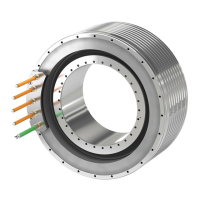
